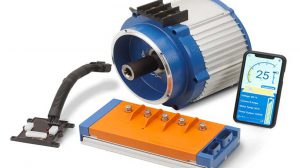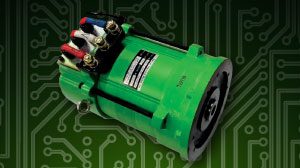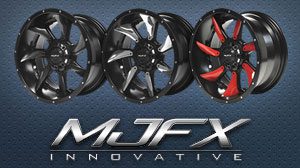By: Matt Vallez
This article was originally published in the Golf Car News Magazine and has been reprinted for use in this issue.
Â
Recently the big three OEM golf car manufactures are using more plastic where previously only metal or aluminum had been used. This is a direct result of the challenges of manufacturing an electric vehicle that uses lead acid batteries.Â
Â
The most common cause of structural failure of any golf car is due to corrosion. A simple example of structural failure is when a battery falls through the battery tray and drags for a while before the battery cables give way, stopping the car dead. The golf car had a structural failure that allowed the battery to fall out. Any type of structural failure will usually involve numerous components and costly repairs.
Â
Corrosion is the primary means by which metals deteriorate. Most metals corrode from contact with water (and moisture in the air), acids, bases, salts, oils, fertilizers and other solid and liquid chemicals. Metals will also corrode when exposed to gaseous materials like acid vapors from lead acid batteries.
Big deal, you haven’t read anything you don’t already know. The real story on corrosion is what is the more resistant material to corrosion, steel or aluminum? The answer is a lot more complicated than the question. I recently heard from several golf car dealers that were having real problems with structural failure of newer aluminum frame golf cars due to corrosion of the battery trays. I said, “ that is a problem that I have always associated with steel battery trays not aluminumâ€. However, it turns out that aluminum in certain situations can be more susceptible to corrosion then steel.
Â
There is a type of corrosion called galvanic corrosion, also known as dissimilar metal corrosion, and sometimes erroneously called electrolysis. This type of corrosion takes place when two dissimilar metals are placed against each other in an assembly, creating a galvanic couple. One of the metals in the couple becomes the anode and corrodes faster than it would all by itself, while the other becomes the cathode and corrodes slower than it would alone. So aluminum will corrode at a slower pace than steel unless it is part of a galvanic couple. Aluminum coupled with almost any other material will be the anode because of its high placement on the galvanic corrosion chart.
Â
In order for galvanic corrosion to occur three conditions must exist. First there must be two electrochemically dissimilar metals present, i.e. steel and aluminum. Second, there must be an electrically conductive path between the two metals; they touch each other without an insulating barrier. And third there must be a corrosive electrolyte present, lead acid battery gas or moisture will do the job.Â
Â
This is the only logical explanation as to why a newer aluminum frame golf car will corrode faster than both an older aluminum frame golf car and a newer steel frame golf car. The newer aluminum frame golf car has a lot more steel components than the older one had. The steel and aluminum are forming a galvanic couple; this is causing the aluminum to corrode at a rapid rate.
Â
I never want to end an article on such a sour note. There are things that can be done to slow galvanic corrosion. You can electrically insulate from each other dissimilar metals whenever possible, just as you would insulate electric wires from each other. It is also helpful to use paint or plastic coatings at the connecting joints. When painting or coating, it is important to coat both the steel and the aluminum otherwise if the aluminum was the only metal coated it would only accelerate the attack on the imperfection in the coating. And finally the thing that will slow any corrosive attack, keep the surfaces clean and free from harmful gasses and chemicals, like fertilizers and battery electrolyte. Wash the underside and battery compartment often, especially if the golf car is used on a golf course.










